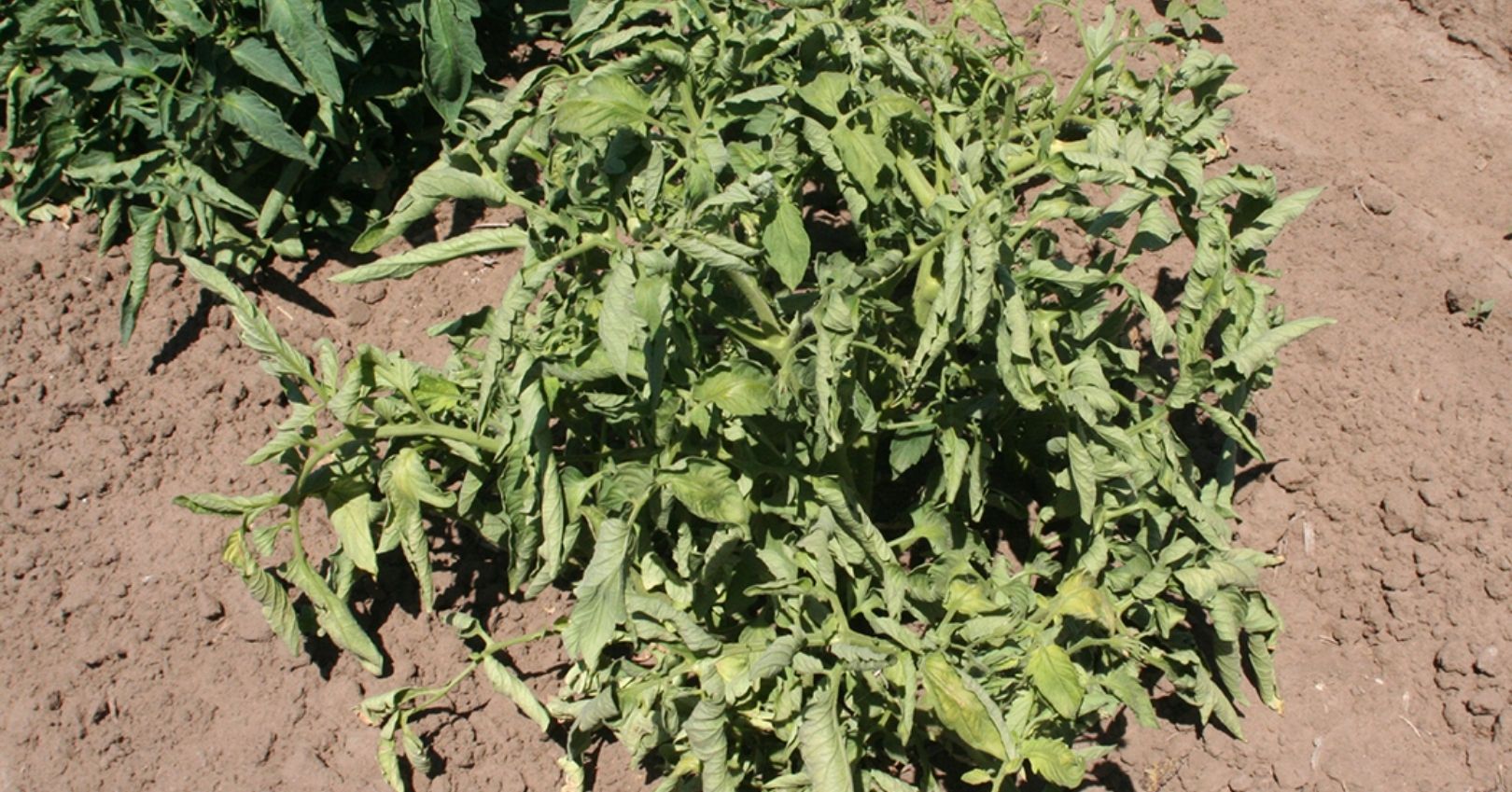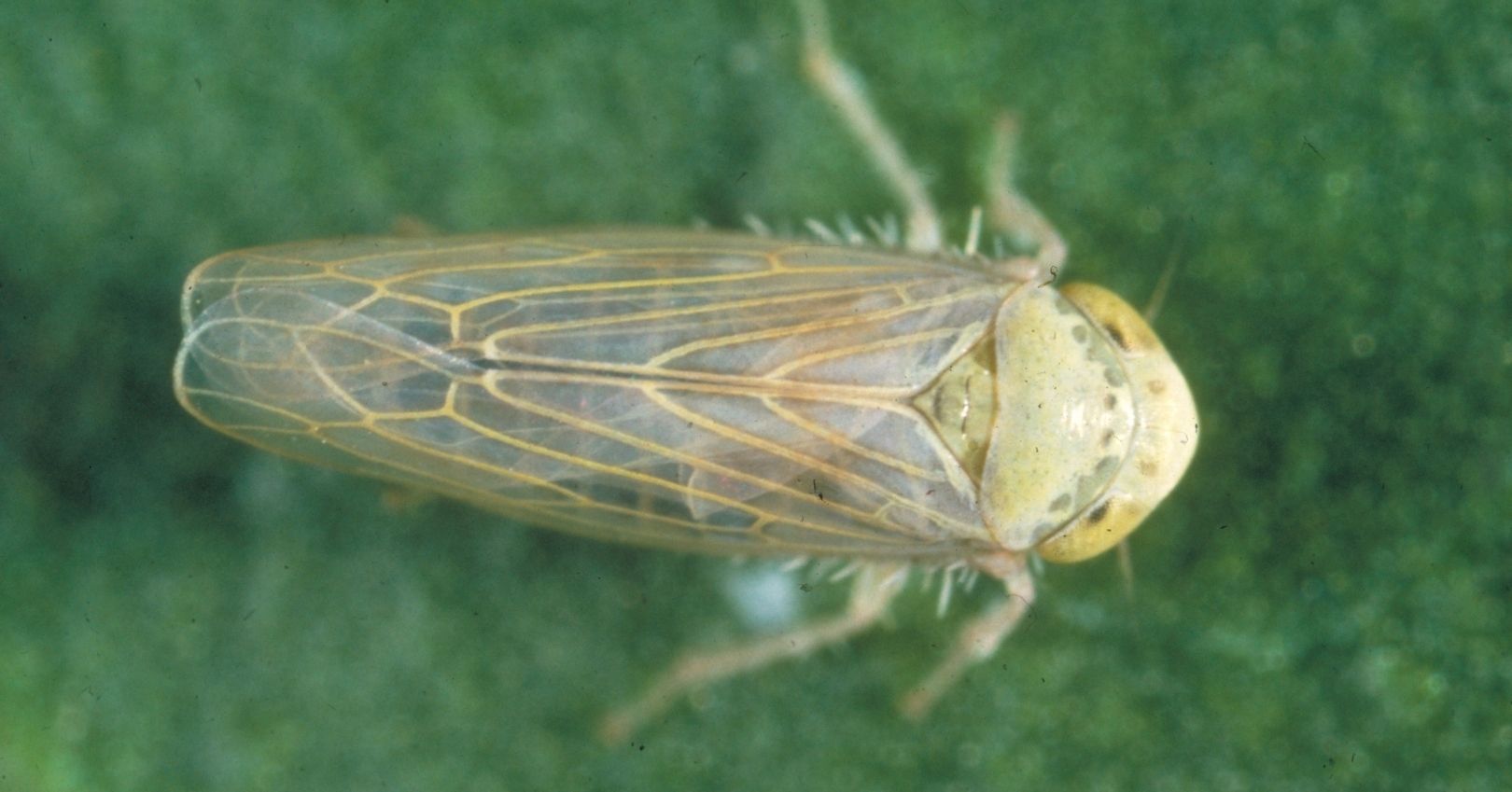Beet Curly Top Virus



Casual Agent
Curly top disease of tomato and pepper is caused by beet curly top virus, of the Curtovirus group. In recent years, due to molecular identification, it was discovered that there is not just one beet curly top virus, but several viruses with different characteristics causing similar symptoms on tomatoes and peppers. The disease can be devastating on tomatoes and peppers. Other hosts include: beets, chard, spinach, beans, and cucurbits.
Symptoms
Tomato and pepper plants infected with curly top are stunted and have upwards curled, yellow leaves. The veins on the underside of tomato leaves are purple. Infected plants may not produce fruit, or fruit that develops will ripen prematurely. While older plants are less susceptible to the virus, plants that are infected at an early stage may die.
Disease Cycle
The virus is transmitted by the beet leafhopper (Cicurlifer tennellus). In late spring, when weeds and grass growing along the foothills dry up, leafhoppers migrate to greener plants which are often in and near vegetable fields. The leafhopper probes plants indiscriminately to find suitable feeding hosts. Tomato and pepper are not preferred feeding hosts, which is why beet leafhopper is rarely found on these plants. However, they may feed on these hosts for a very short time, and any beet leafhoppers infected with the virus will transmit it within a matter of seconds while they “taste” the plant. Symptoms appear within 7 to 14 days after infection.
Management
Management of curly top disease is challenging in part because there are no resistant tomato or pepper varieties available. The following suggestions may help reduce disease incidence.
- Delay planting by one or two weeks. Planting after migration of leafhoppers has moved through can reduce disease incidence significantly, depending on the area.
- Manage weeds. Weeds can be treated with insecticides against beet leafhoppers but it will be ineffective to treat tomatoes.
- Use dense plant spacing. Dense plantings will make it more difficult for the insects to find the plants.
- Use row covers. Row covers for the first 6-8 weeks of planting will exclude leafhoppers.
- Use intercropping or trap crops. Leafhoppers are attracted to plants that highly contrast with their surroundings.

